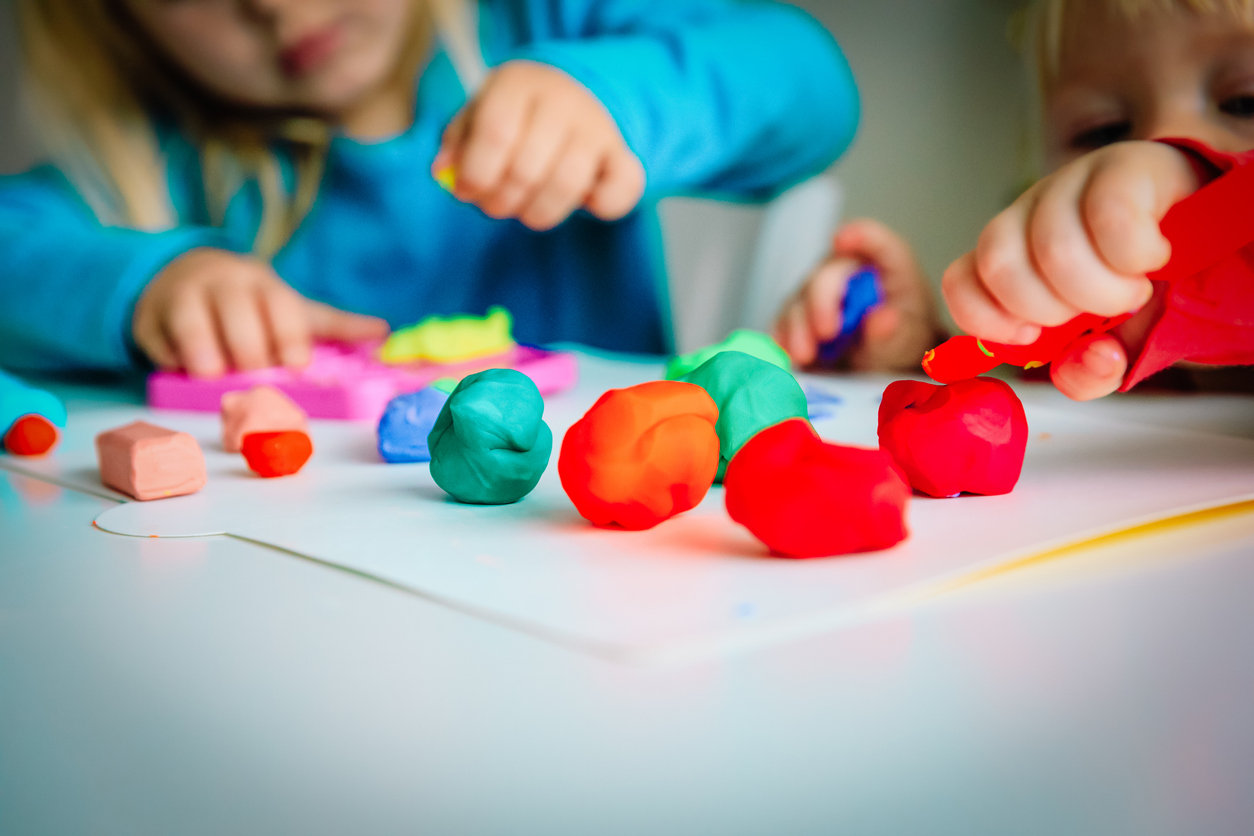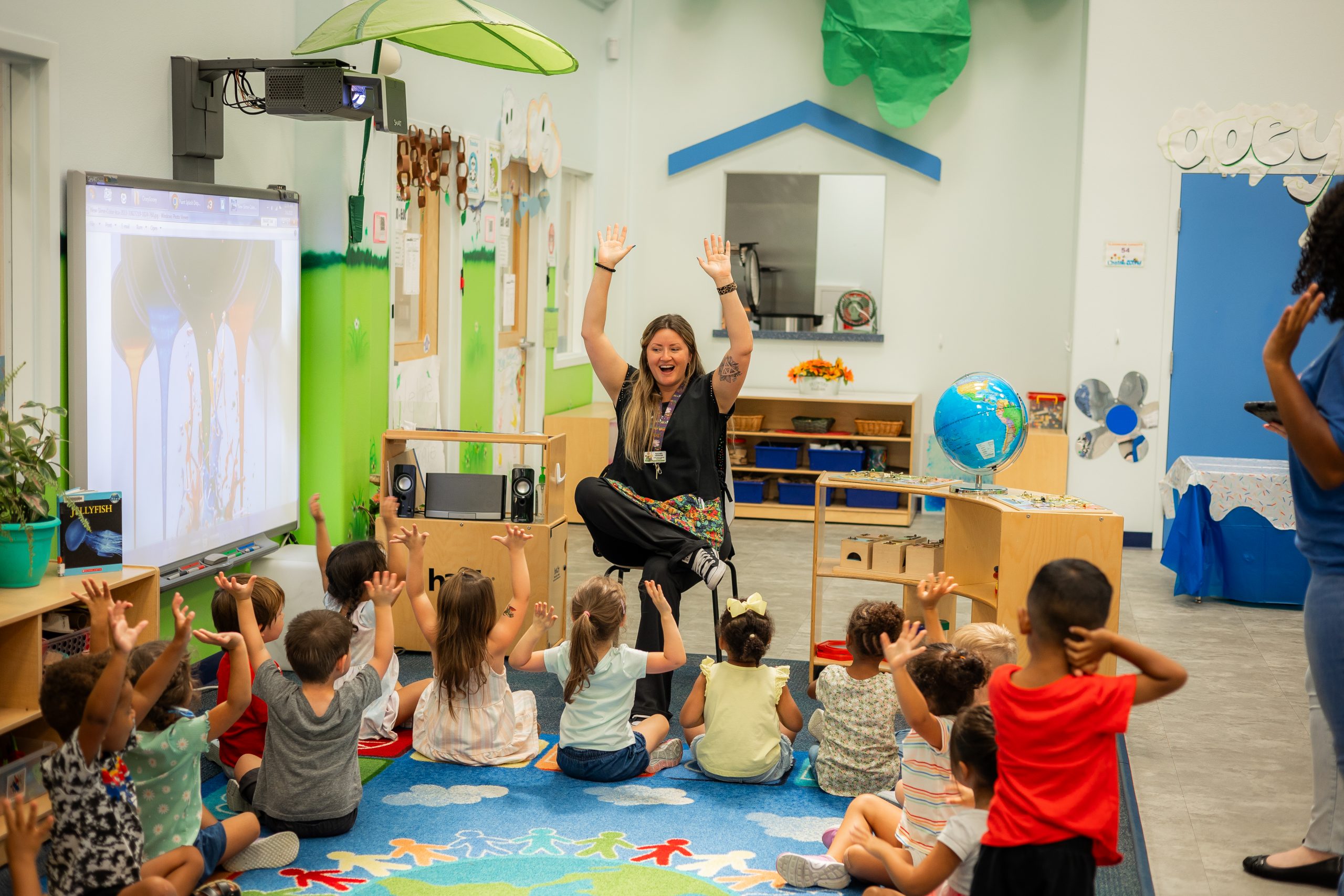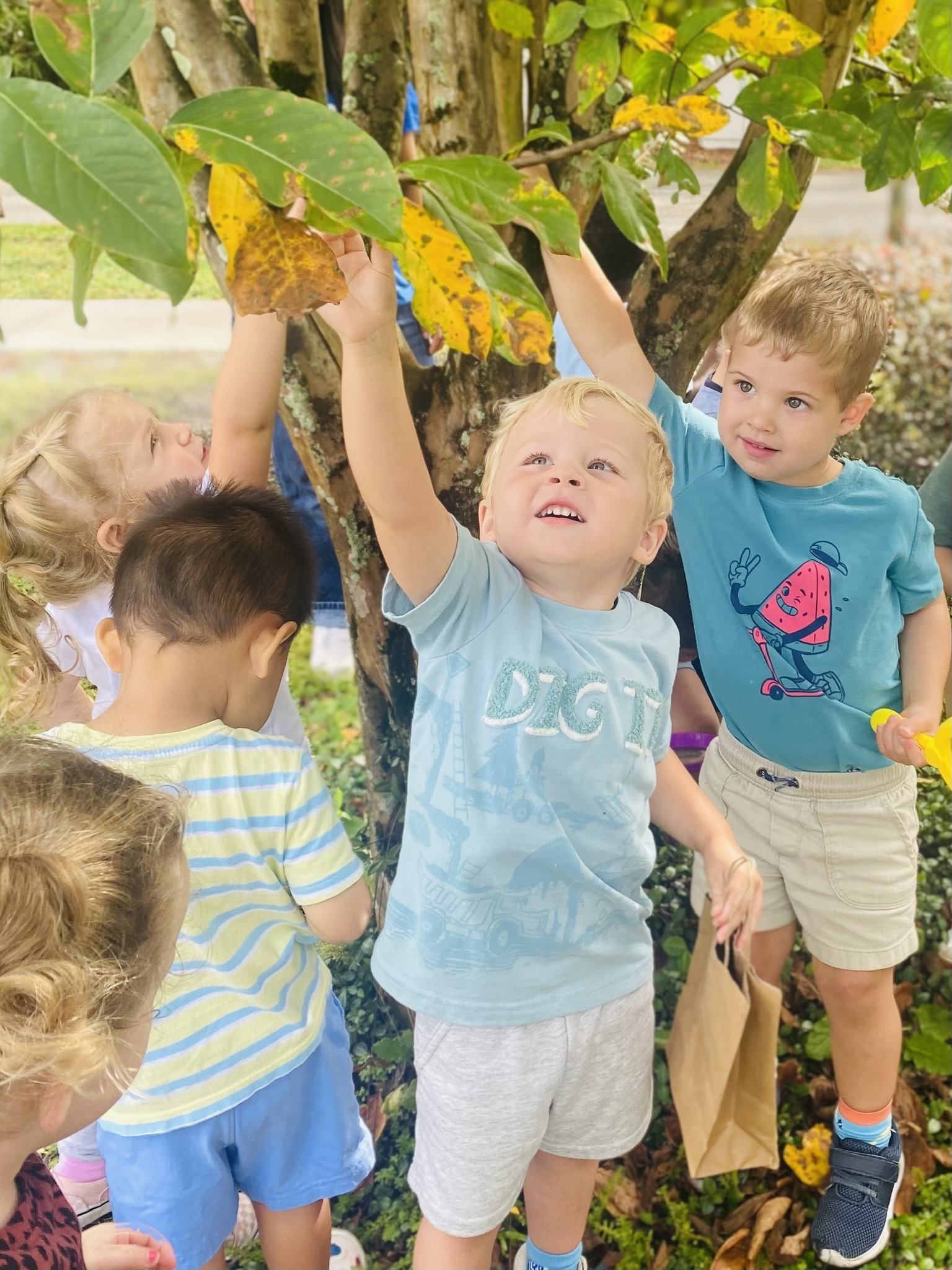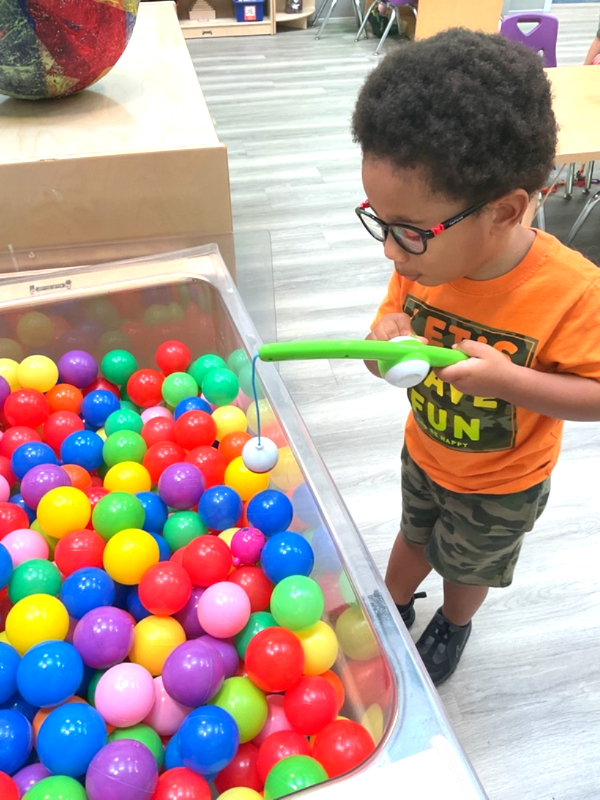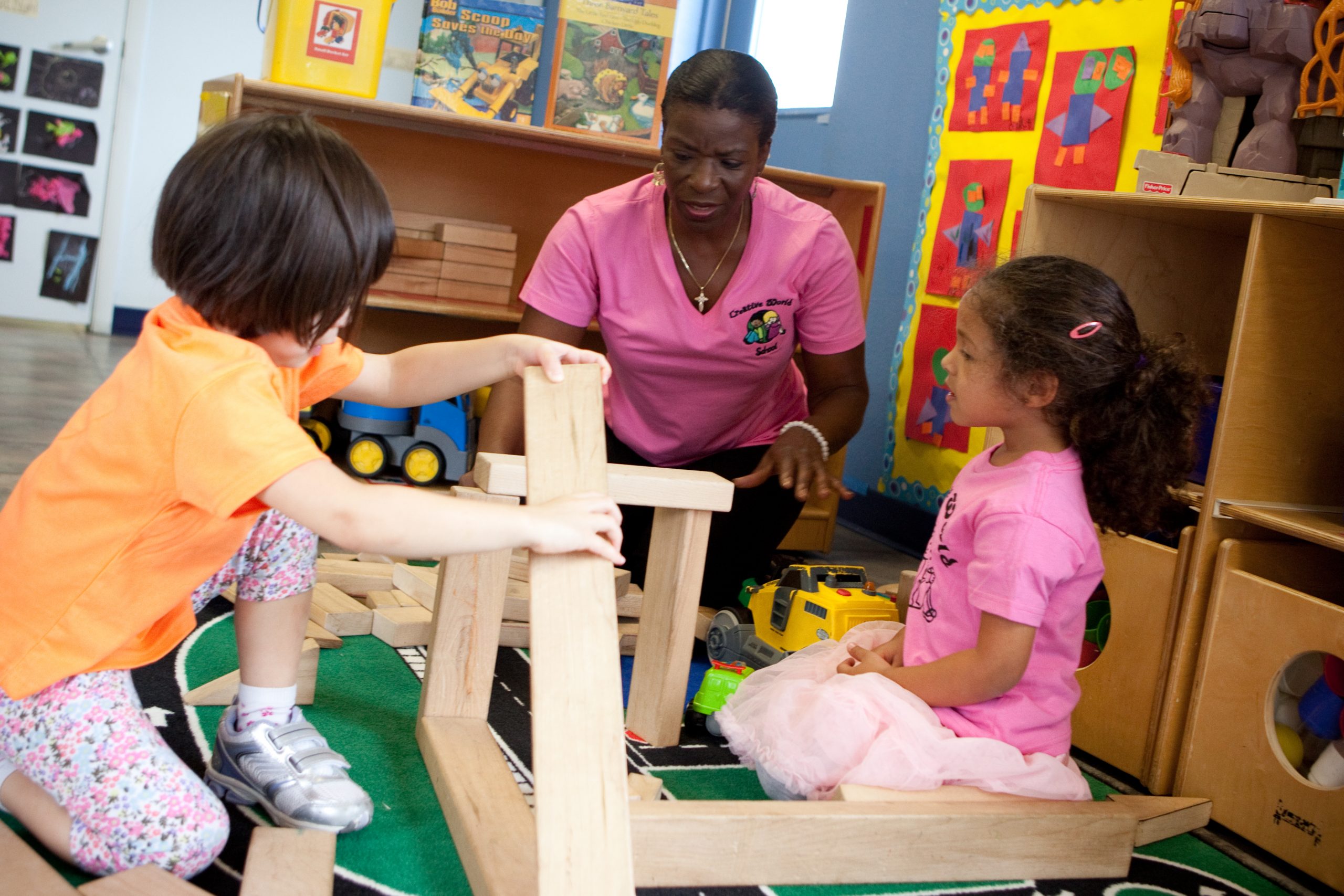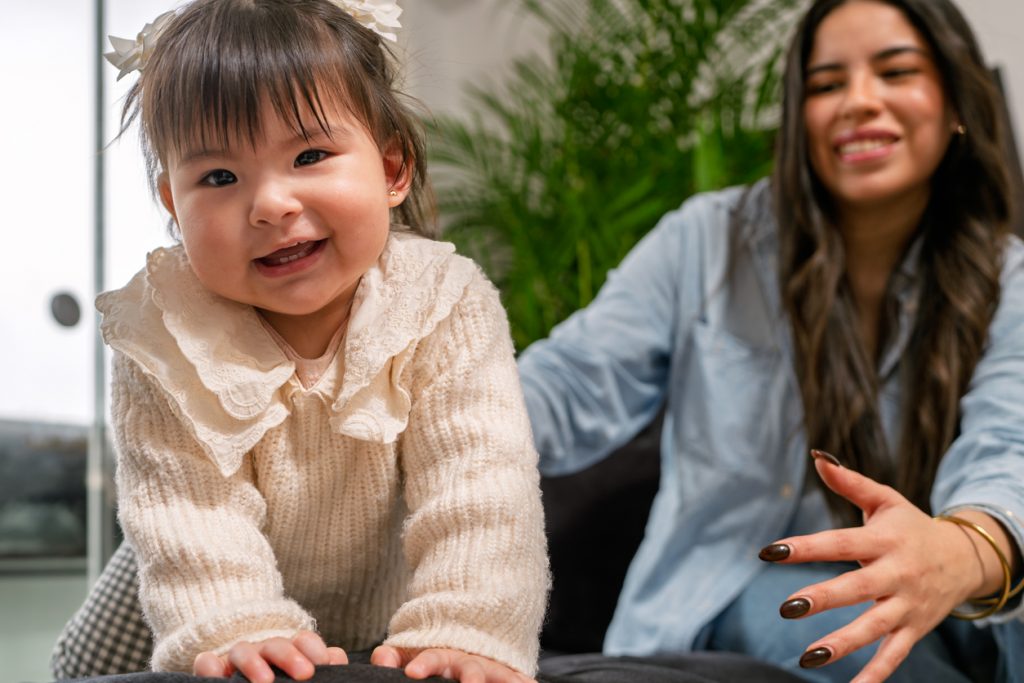
Recognizing Early Signs of Emotional Growth in Toddlers
Creative world school Sep 16, 2025If you’ve ever watched your toddler cry because their banana broke in half or give a huge smile after slipping their shoes on the right foot, you’ve seen emotional growth in action. Emotional development in early childhood is all about how children begin to notice, express, and handle their feelings. It’s also how they learn that other people have feelings too. This is where empathy, kindness, and problem-solving start to take root.
So how do you know if your child is on track? And what can you do to support their growth without turning every moment into a lesson? Let’s dig into the signs, the milestones, and the everyday activities that help your child emotionally bloom.
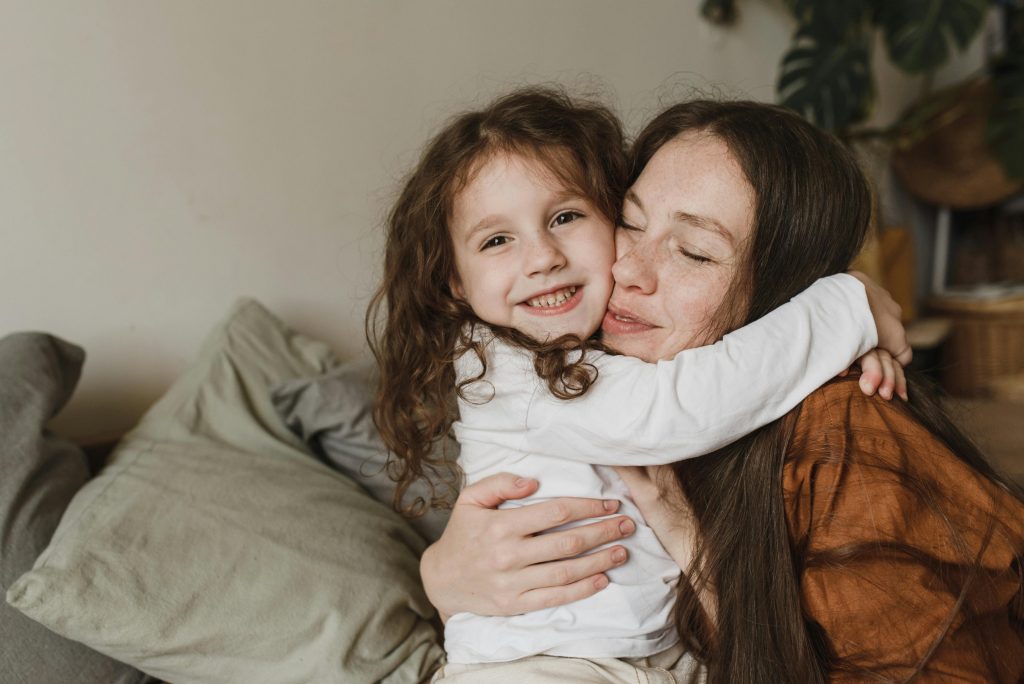
Emotional Development Milestones for Toddlers
Toddlers are busy little scientists testing out the world and their feelings at the same time. By the time children turn two, many will start showing independence, saying “no” more often, and copying what they see around them. Contrary to common belief, saying “no” all the time doesn’t mean your child is defiant. It’s actually a healthy step toward self-expression and identity. Around age three, most toddlers can name simple emotions like happy, sad, or mad. You might also catch glimpses of empathy, like when they hand you a toy if you look upset or pat a friend on the back after a fall. While not every child does these things at the same pace, these moments are powerful indicators of emotional development.
Reading is one of the easiest ways to support these milestones. Books like The Feelings Book by Todd Parr and Today I Feel Silly by Jamie Lee Curtis give children the words they need to explain what is happening inside. Even if your toddler cannot always say the words out loud, hearing them in a story builds recognition and connection.
How to Spot Emotional Growth in Young Children
Emotional growth often shows up in teeny, tiny, everyday moments. Your toddler may start saying “I mad” or “I scared,” which means they’re linking words to feelings. Or they might pretend-play with dolls or stuffed animals, rocking them when they “cry” or feeding them when they’re “hungry.” Remember, pretend play isn’t just for fun. It’s one of the best ways to spot emotional growth in action and encourage good behavior.
Another sign is the way your child starts managing frustration. Yes, tantrums are still normal, but you may notice that sometimes they can calm down with your help, a hug, or their favorite blanket. This shows early toddler self-regulation, even if it doesn’t happen every single time.
By preschool age, you’ll see empathy bloom. Your child might look sad if a friend is crying or say “sorry” after bumping into someone. Some parents expect kids to master sharing and turn-taking quickly, but the truth is, these skills take years to fully develop. The fact that your child is trying, even if they are still struggling, is a positive step forward. You can encourage growth by saying your own emotions in simple words. For example, “I feel disappointed the toy broke, but I can take a deep breath and fix it.” It may feel funny at first, but your child learns by watching how you handle emotions too.
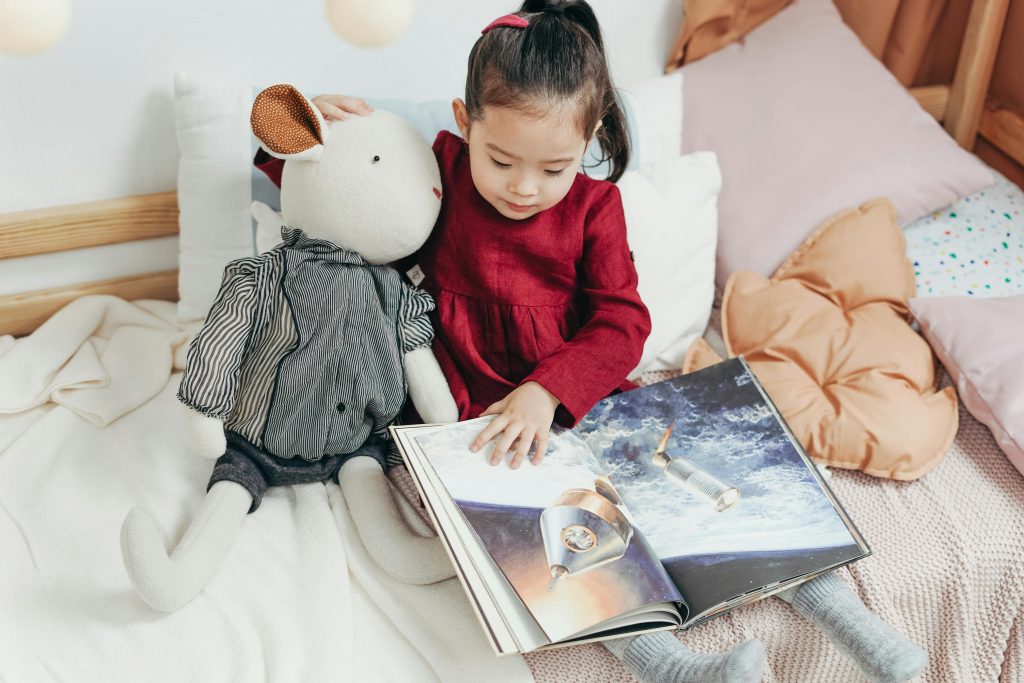
Activities to Support Emotional Development
Children don’t need complicated activities to grow emotionally. Play is enough. Pretend play is a big one, and you’ll probably see it naturally happening at home. A play kitchen, a doctor’s kit, or even stuffed animals turn into opportunities to practice kindness, teamwork, and empathy.
Music and movement are also powerful. Kids naturally connect to rhythm, and acting out emotions through dance or silly songs helps them explore feelings safely. Art can be another safe space for emotions. Hand your child crayons or paint and ask them to draw what “happy” looks like or what “mad” feels like. Art helps young kids channel emotions and gives them a way to show you how they’re feeling without words.
Games that build self-regulation, like “Red Light, Green Light” or “Simon Says,” are also amazing. These classics teach listening, impulse control, and patience, all while your child thinks they’re just having a blast.
Signs of Emotional Intelligence in Preschoolers
By the preschool years, children’s emotional skills start connecting in bigger ways. Emotional intelligence is more than just knowing the names of feelings. It is about using that knowledge in everyday situations. You may notice your child trying to solve problems with words instead of grabbing toys. They may show pride when they finish a puzzle and want you to celebrate with them. They might even start talking about fairness, which is a huge sign of their growing awareness of others.
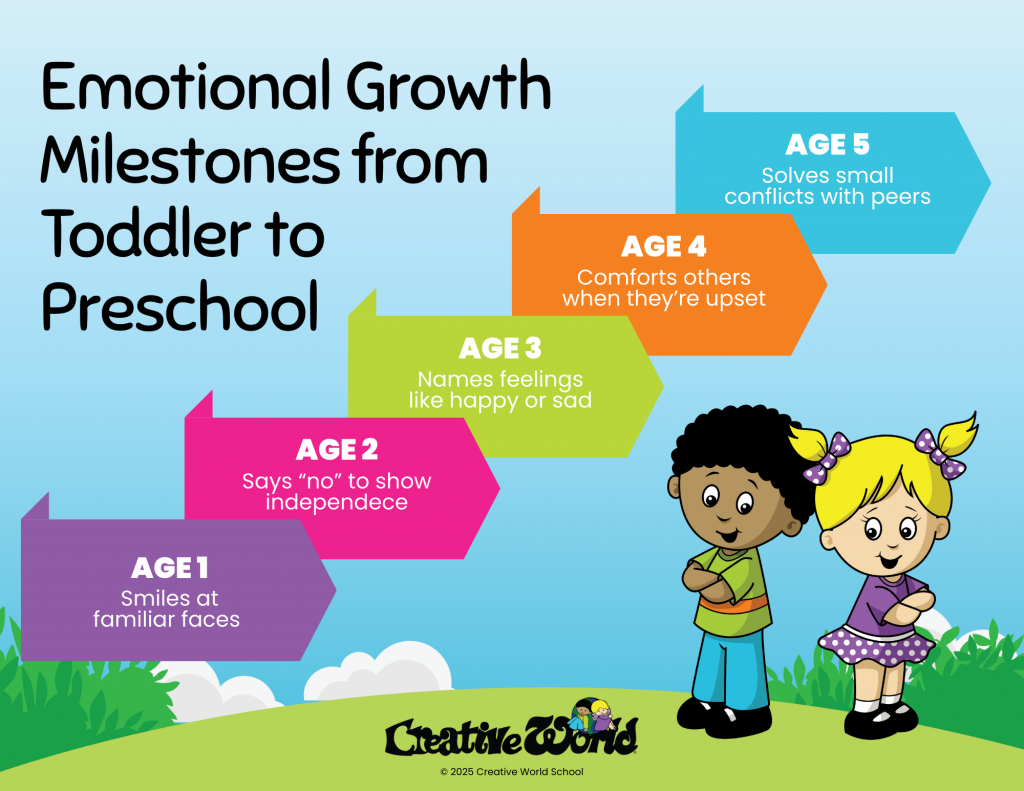
Don’t think that emotional intelligence means kids will no longer have emotional meltdowns. Even very emotionally aware preschoolers still struggle from time to time. What matters is that they are beginning to recognize feelings in themselves and others and learning new ways to cope.
Why Emotional Growth Matters for the Future
When we think about getting kids ready for school, it’s easy to picture ABCs, numbers, and tracing letters. Those things matter, but emotional development is just as important, and in many ways it carries even more weight. Knowing shapes and colors helps children complete worksheets. Knowing how to calm down after frustration, wait for a turn, or cheer for a friend helps them navigate life.
Children who develop strong emotional skills find it easier to learn and connect with others. They tend to handle stress more smoothly, figure out solutions when things go wrong, and bounce back after setbacks. That resilience is what helps them feel confident, not just in the classroom but also on the playground, at home, and anywhere life takes them. Supporting emotional growth now is really about giving your child a foundation of confidence and happiness that will last far beyond the preschool years. Research shows that children with strong emotional skills are more likely to succeed academically and socially.
Parents play a huge role here too. The truth is, kids watch us more closely than we realize. If you manage a tough day by taking a breath before reacting, your child sees that. If you admit, “I got upset but I’m going to try again,” they learn it’s okay to feel big emotions and that mistakes can be fixed. When you celebrate your own small victories, like finishing a hard project at work or trying something new, you’re modeling pride and perseverance. Your emotional intelligence becomes their guidebook.
So while your child is learning how to name feelings and comfort a friend, you’re practicing right alongside them. Growing together in this way is what makes emotional development so powerful. It’s not just about preparing your toddler for school, it’s about shaping a family culture where feelings are understood, respected, and used to connect.
Growing Together with Creative World School
At Creative World School, we know that every tear, every laugh, and every proud “look what I did!” moment is part of emotional growth. Our classrooms are designed to give children space to practice empathy, problem-solving, and kindness in real, everyday ways. Through inquiry-based learning, group activities, and caring relationships, we nurture the whole child, heart included.


